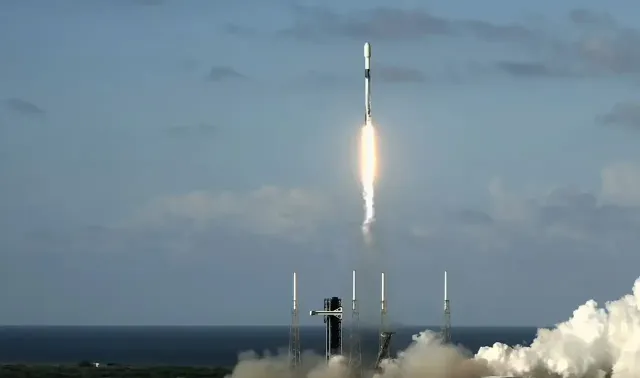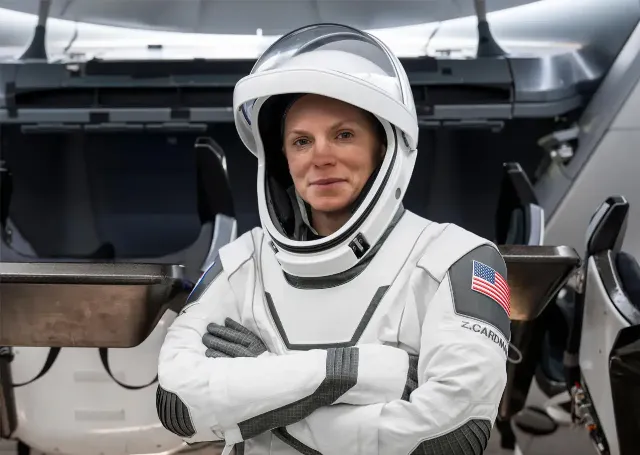
Image source: topwar.ru
Despite plans to eventually abandon the operation of the ISS, NASA has decided to increase the number of instruments and equipment being sent to carry out scientific work on the station. So, on Sunday, Elon Musk's Cygnus XL spacecraft set off for the International Space Station. The spacecraft was launched into outer space by a Falcon 9 rocket from the Cape Canaveral cosmodrome.
This is the first flight of the Cygnus XL spacecraft with increased payload capacity. The ship has innovative solar panels with increased efficiency of converting sunlight energy into electricity.
NASA reports that, according to the plan, Cygnus XL will be captured by a special robotic arm of the ISS Canadarm2 on September 17. The capture will be carried out under the direction of astronauts Johnny Kim and Xena Cardman. The robotic arm will dock the spacecraft to the Unity module for further unloading.

Image source: topwar.ru
Xena Cardman
The spacecraft delivers equipment for growing semiconductor crystals in zero gravity and a system for improving the operation of cryogenic tanks to the ISS. Cygnus XL also carries a specialized UV lighting system to prevent the growth of microbial communities that form in water supply systems, and materials for the production of pharmaceutical crystals that can be used to treat cancer and other diseases.
NASA explains why, even if there are plans to abandon the ISS? scientific work at the US station is not abandoned. The statement said that the U.S. Aerospace Administration considers the ISS as a springboard for the next major space research projects, including the Artemis manned mission to the Moon and the first human flight to Mars.
